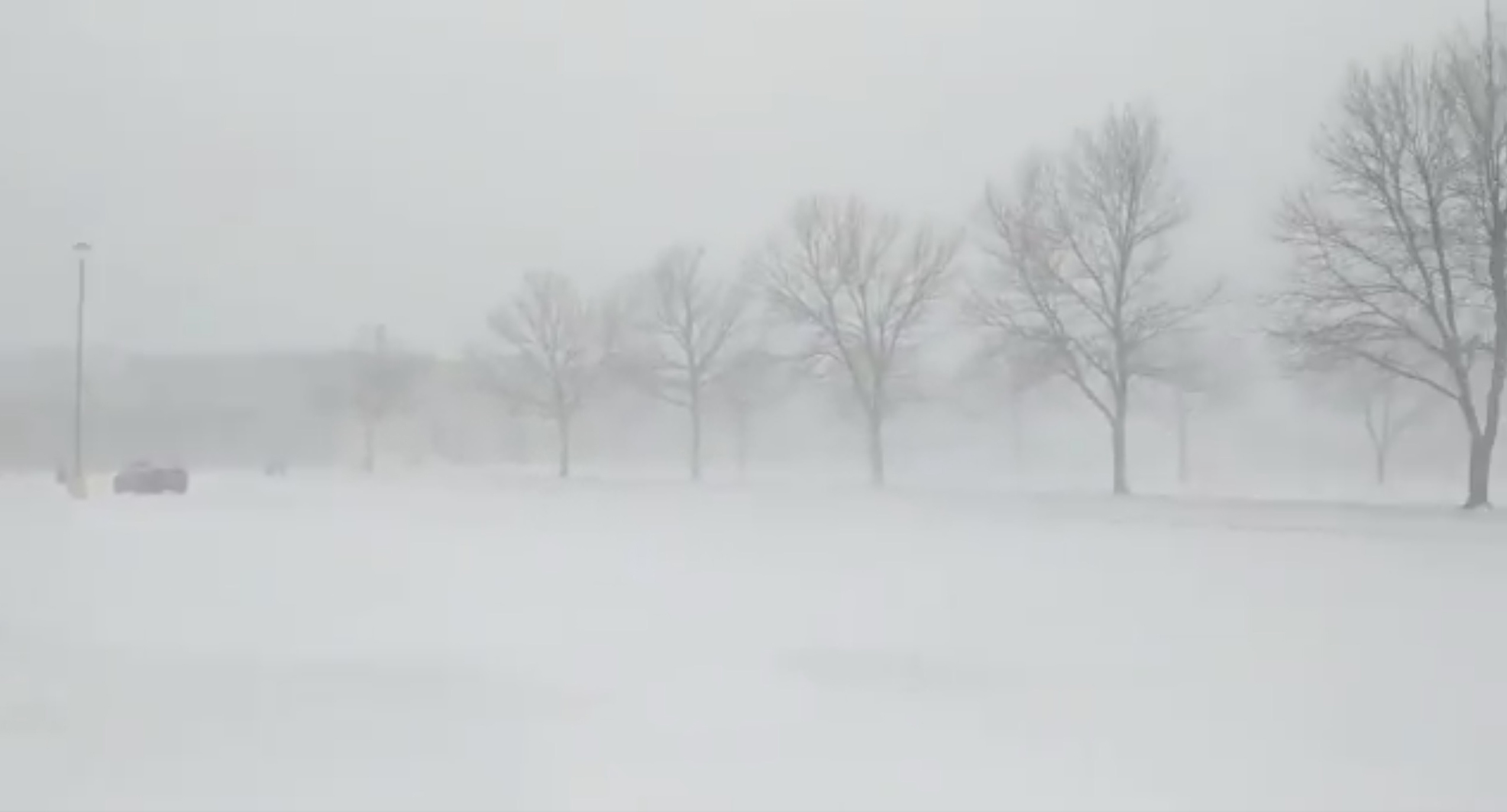
By Lefteris Papadimas and Leon Malherbe
EVIA, Greece, (Reuters) – A big blaze that swelled overnight forced the evacuation of many villages on Greece’s Peloponnese peninsula on Wednesday, as exhausted firefighters battled wildfires for a ninth consecutive day and as fires also raged in Algeria, Turkey and elsewhere.
In the north of Evia, Greece’s second-largest island, flare-ups remained the main problem for firefighters, who were joined by volunteers to combat the flames.
In the Peloponnese, a flare-up started near ancient Olympia, the site of the first Olympic Games, but spread to Gortynia as it intensified late on Tuesday, burning virgin forest and prompting authorities to evacuate 20 villages.
About 580 Greek firefighters, helped by colleagues from France, Britain, Germany and the Czech Republic, were battling the blazes in Gortynia.
The fires broke out during Greece’s worst heatwave in three decades last week, with searing temperatures and dry heat causing tinder box conditions.
At the Pefki seaside resort on Evia, cafeteria owner Thrasyvoulos Kotzias, 34, looked at an empty beach.
“If we did not have these problems the beach at Pefki would be full of people. Right now it is just us,” he said.
“If helicopters and water bombing planes had come right away and operated for six, seven hours, the wildfire would have been put out in the first day,” he said.
A Russian Ilyushin Il-76 water bombing plane arrived in Athens on Tuesday to help firefighting operations and a second plane was due to be stationed in Thessaloniki, northern Greece.
‘HARD CHOICES’
Culture Minister Lina Mendoni told reporters the wildfires in the north of Athens had destroyed a large swathe of forest in the former royal estate at Tatoi, damaging seven buildings.
“What we have lived through is unprecedented, we cannot easily forget the images we saw,” said Mendoni, adding that the fires had largely spared cultural monuments.
More than 500 fires have burned across Greece in the last week, forcing the evacuation of dozens of villages and thousands of people.
“Our climate is changing and we need to make hard choices as a species to avoid the worst,” astronaut Thomas Pesquet tweeted from the International Space Station orbiting the Earth. “My heart goes out to all affected by the wildfires and the intense heat in the Mediterranean.”
At least 65 people have been killed in wildfires tearing through forests in northern Algeria, state television reported on Wednesday. Meanwhile Turkey’s northern coast was hit by flooding after some of the biggest wildfires in the country’s history had ravaged its southeast.
Credit ratings agency Moody’s said in a report that the wildfires in Greece had highlighted its vulnerability to climate change, though it said the related costs were manageable.
The government has announced a relief package of 500 million euros – about 0.3% of nominal economic output – but Moody’s noted that devastating wildfires in 2007 caused total estimated damage of nearly 3 billion euros, or 1.3% of nominal output.
“Aside from direct fiscal support, disruption triggered by wildfires, including power and water outages, poor air quality and road closures is also likely to weigh on tourism, a credit negative for the country’s local governments,” Moody’s said.
The U.N. climate panel sounded a dire warning this week that the world’s greenhouse gas levels were high enough to guarantee climate disruption for decades.
(Writing by George Georgiopoulos; Editing by Gareth Jones)






